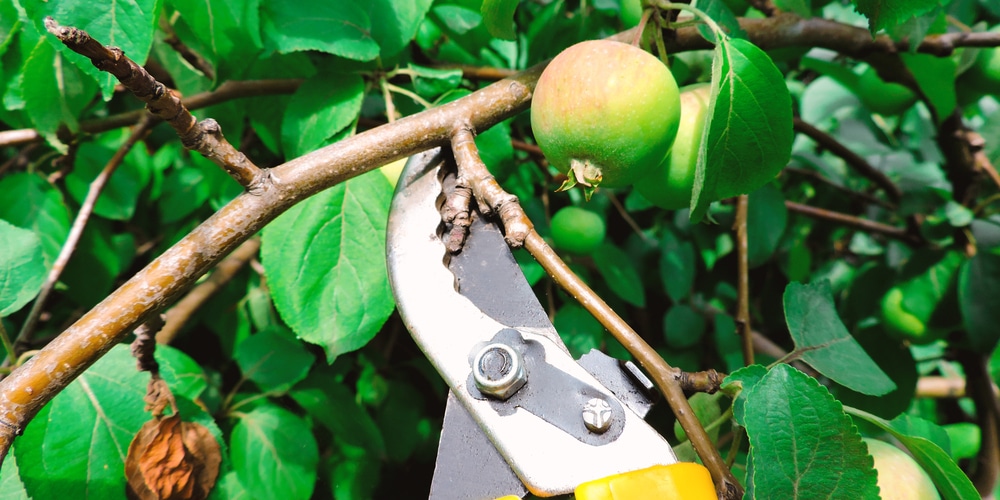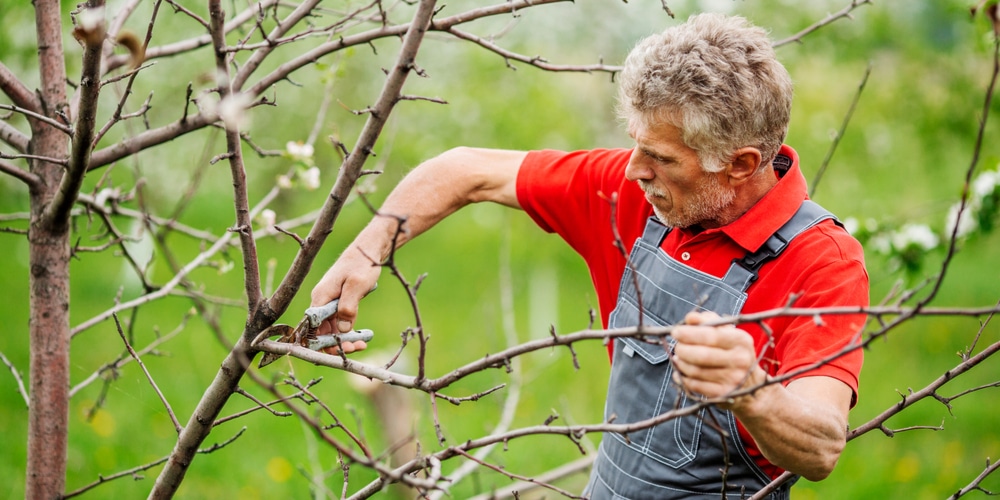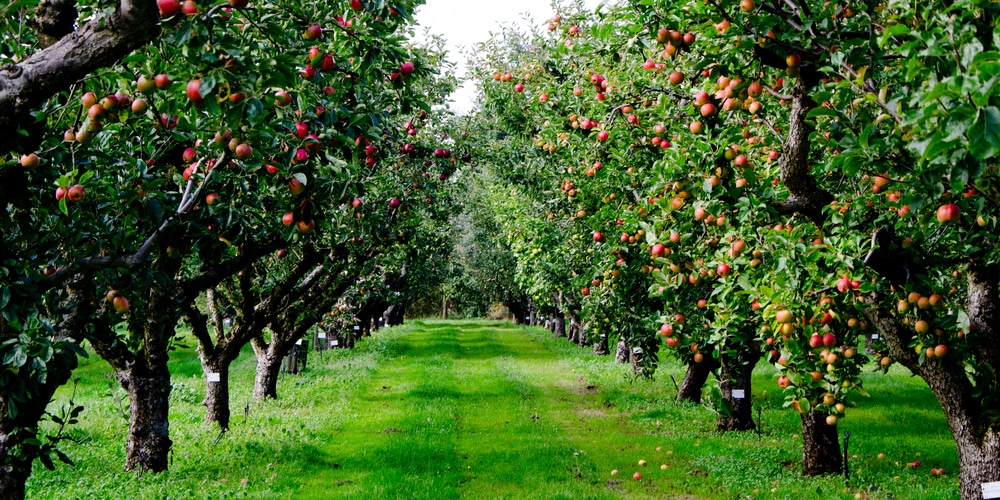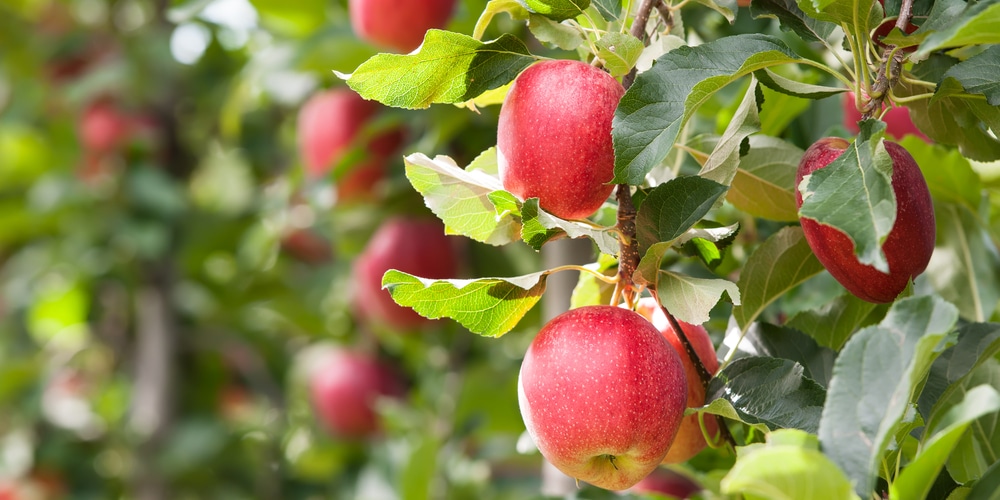Adding a fruit tree in your garden is an excellent way to create shade in your yard while getting a consistent supply of your favorite healthy snack. But to be successful and have healthy trees, you must know what species are suitable for your region. Some fruit trees require a certain number of chilling hours and don’t like warm weather, while others thrive in hotter climates.
Quick Answer:
..in Illinois, the best time to prune your apple tree is between mid-February and the end of March

One of the most versatile fruit trees is the apple. It works well in most soils and weathers and comes in different varieties. Luckily, Illinois has the perfect conditions to grow various apple tree species. The good news is that they are hardy plants, perfect for beginners. However, most plants require cross-pollination to get crops, meaning you will have to plant more than one variety for successful results.
But apart from ensuring you provide your plants with what they need to thrive, you will also have to pay attention to when to prune apple trees in Illinois. Indeed, while sounding trivial, correct pruning can make a difference in your harvests.
Additionally, not pruning your trees for several years can bring you problems that could stop the production of fruits and flowers. Failing to prune your trees can also increase the spread of diseases and attacks from pests. So, pruning is crucial for your trees’ health! Read our essential guide to learning all about pruning apple trees in Illinois.
When to Prune Apple Trees in Illinois
Let’s go straight to the point: in Illinois, the best time to prune your apple tree is between mid-February and the end of March. During these months, your apple trees are still dormant, which allows your trees to have time to recover before focusing their energy on new growth.
Remove dead or unhealthy-looking branches to boost fruit production and improve air circulation. Also, don’t forget to eliminate shoots growing around the base of your tree trunk. These parts of the tree are known as “suckers” and will cause damage to your trees. Indeed it is here where insects like to hide and start attacking your apple plants.
You must prune your apple tree correctly to get the most out of this practice: avoid overdoing it to prevent severe issues with your tree. Also, always keep an eye out for diseases and pests and take proper measures when necessary. Prompt action can considerably reduce damages!
What Varieties of Apple Trees Should You Plant in Illinois
Yes, pruning your apple tree regularly and at the right time of the year is a must. But before doing that, you must ensure you pick a variety that works well for the Illinois climate. To make things a bit easier for you, here is a list of some of our favorites.
Stark Earliest
Stark Earliest is an excellent variety to grow in Illinois. It doesn’t grow too large, so it is perfect if you have limited space in your yard. These trees produce fragrant clusters of white flowers that attract plenty of butterflies and bees and make your garden more lively.
Stark earliest is self-fertile and will pollinate even without other trees around, but planting more than one variety will increase yield.
Gala
Gala apples are crisp and sweet fruits perfect for the Illinois climate. They ripen in September and are great for eating fresh, cooking, or baking. Plant your tree with honey crisps or red delicious to get the best results. Also, place them under full sun, somewhere your trees can get at least six hours of direct sunlight.
Golden Delicious
Golden Delicious apple trees are the ideal addition to most gardens. Plus, they are easy to grow and will thrive in Illinois. Under optimal conditions, these trees are hardy and will give you plenty of fruits. If you don’t have much space in your yard, don’t worry: these trees are self pollinators. Don’t forget to place them in well-draining soil for best results.
Fuji
It is hard not to like fuji apples: they are crisp, sweet, and juicy fruits, perfect for a fresh snack. You can grow them with no issue in Illinois. While you can also find dwarf varieties, the standard ones won’t grow more than 25 feet tall.
They do best in moist and well-draining soil under the full sun: choose the proper location to get plenty of apples after the blooming season. Add some mulch around the base to improve yields and increase water retention.


